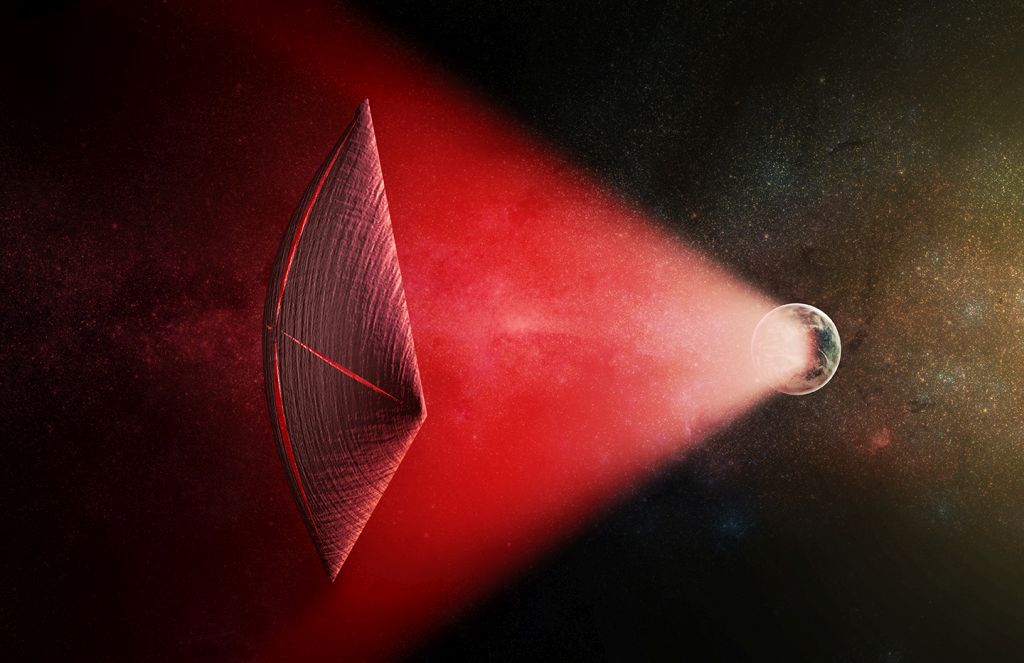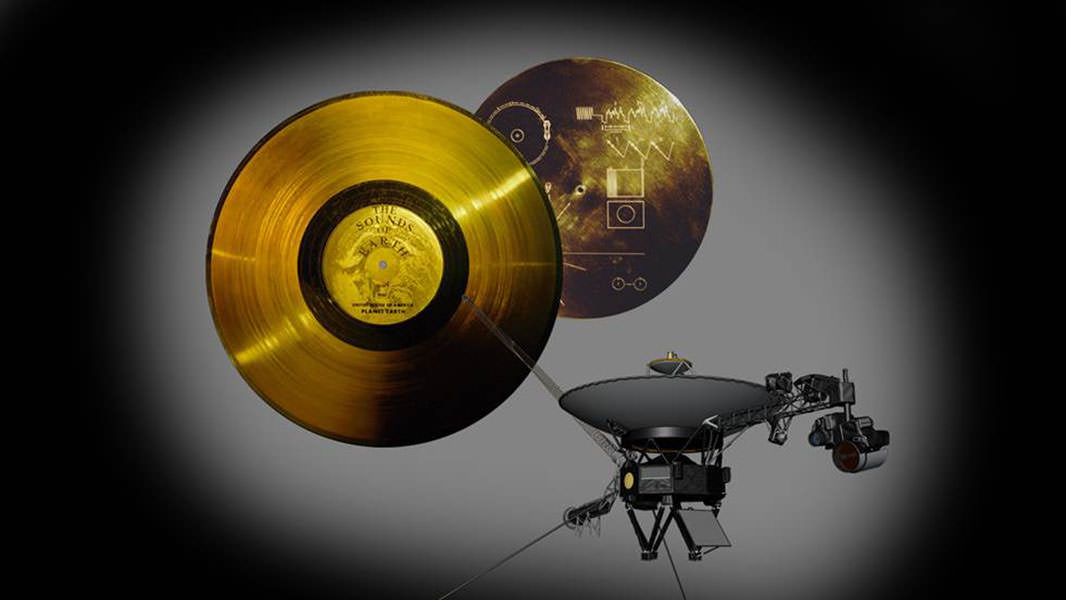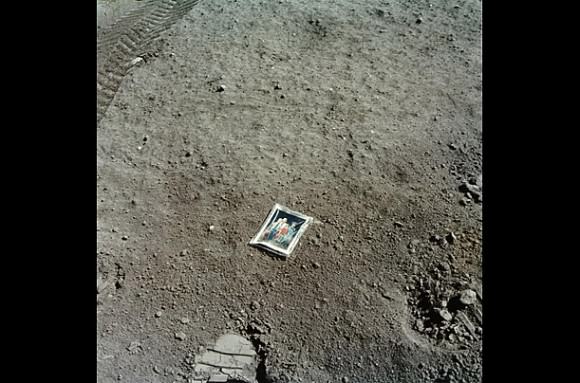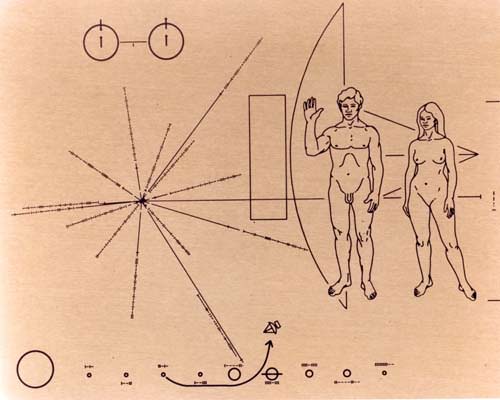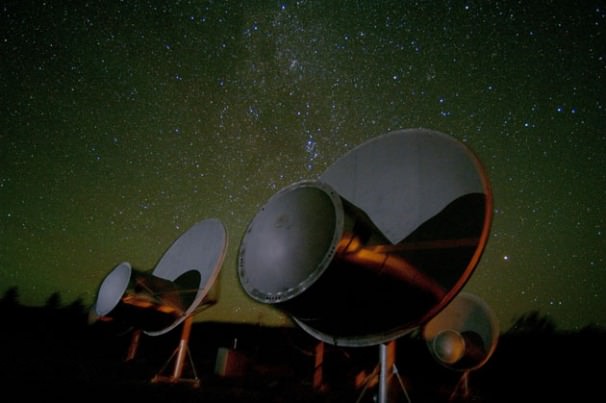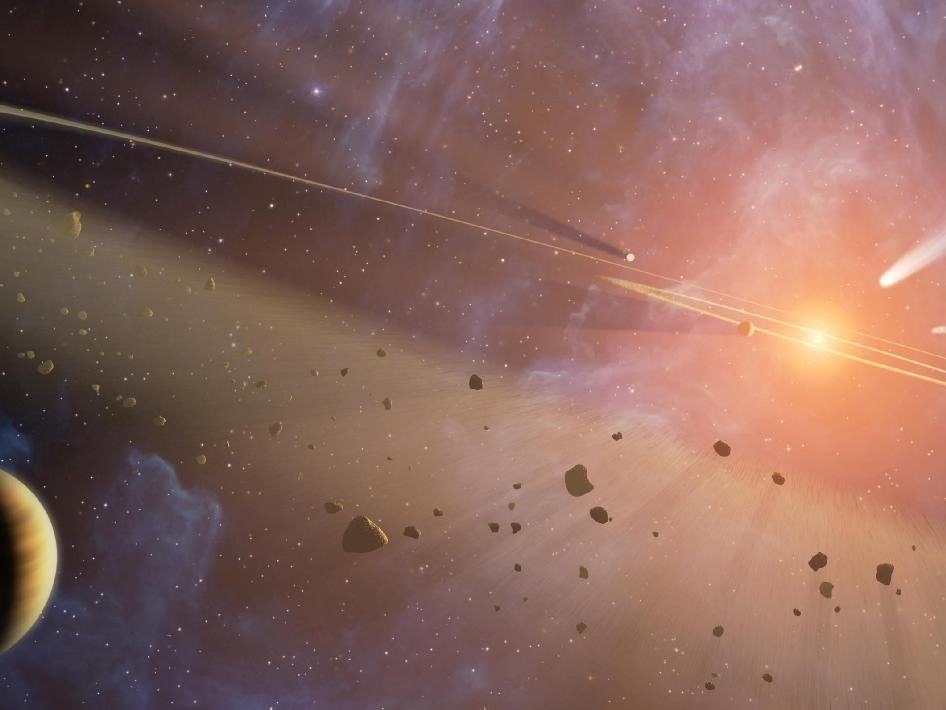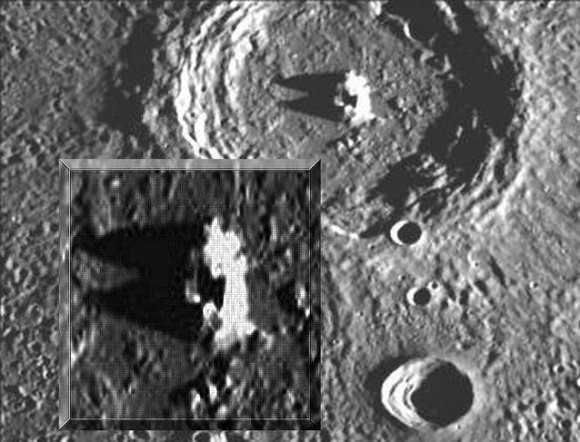The extremely energetic events that we see out there in the Universe are usually caused by cataclysmic astrophysical events and activities of one sort or another. But what about Fast Radio Bursts? A pair of astrophysicists at Harvard say that the seldom seen phenomena could, maybe, possibly, be evidence of an advanced alien technology.
Fast radio bursts (FRBs) are short-lived radio pulses that last only a few milliseconds. It’s been assumed that they have some astrophysical cause. Fewer than 2 dozen of them have been detected since their discovery in 2007. They’re detected by our huge radio telescopes like the Arecibo Observatory in Puerto Rico, and the Parkes Observatory in Australia. They’re extremely energetic, and their source is a great distance from us.
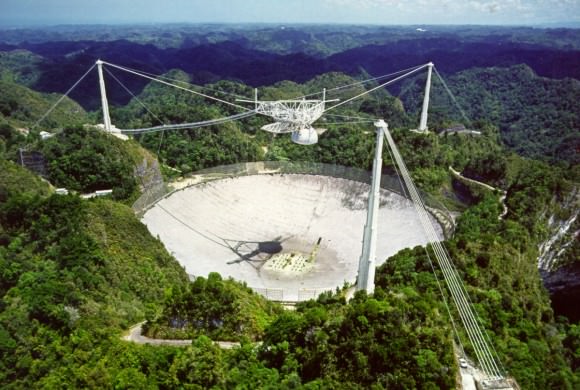
The two astrophysicists, Avi Loeb at the Harvard-Smithsonian Center for Astrophysics, and Manasvi Lingam at Harvard University, decided to investigate the possibility that FRBs have an alien technological origin.
“Fast radio bursts are exceedingly bright given their short duration and origin at great distances, and we haven’t identified a possible natural source with any confidence. An artificial origin is worth contemplating and checking.” – Avi Loeb, Harvard-Smithsonian Center for Astrophysics
I’ll Take ‘Alien Signals’ For $200 Alex
Loeb and Lingam began by calculating how much energy would be needed to send a signal that strong across such an enormous distance. They found that doing so with solar energy requires a solar array with an area twice the surface area of Earth. That would be enough energy, if the alien civilization was as close as we are to a star similar to our Sun.
Obviously, such a massive construction project is well beyond us. But however unlikely it sounds, it can’t be ruled out.
The pair also asked themselves questions about the viability of such a project. Would the heat and energy involved in such a solar array melt the structure itself? Their answer is that water-cooling would be sufficient to keep an array like this operating.
Their next question was, “Why build something like this in the first place?”
I’ll Take ‘Alien Spacecraft Propulsion Systems’ For $400 Alex”
The thinking behind their idea is based on an idea that we ourselves have had: Could we power a spacecraft by pushing on it with lasers? Or Microwaves? If we’ve thought of it, why wouldn’t other existing civilizations? If another civilization were doing it, what would the technology look like?
Their investigation shows that the engineering they’re talking about could power a spacecraft with a payload of a million tons. That would be about 20 times bigger than our largest cruise ship. According to Lingam, “That’s big enough to carry living passengers across interstellar or even intergalactic distances.”
If FRBs are indeed the result of an alien propulsion system, here’s how it would work: Earth is rotating and orbiting, which means the alien star and galaxy are moving relative to us. That’s why we would only see a brief flash. The beam sweeps across the sky and only hits us for a moment. The repeated appearance of the FRB could be a clue to its alien, technological origin.
The authors of the study outlining this thinking know that it’s speculative. But it’s their job to speculate within scientific constraints, which they have done. As they say in the conclusion of their paper, “Although the possibility that FRBs are produced by extragalactic civilizations is more speculative than an astrophysical origin, quantifying the requirements necessary for an artificial origin serves, at the very least, the important purpose of enabling astronomers to rule it out with future data.”
There are other interpretations when it comes to FRBs, of course. The others of another paper say that for at least one group of FRBs, known as FRB 121102, the source is likely astrophysical. According to them, FRBs likely come from “a young, highly magnetized, extragalactic neutron star.”
Lurking behind these papers are some intriguing questions that are also fun to ponder.
If the system required a solar array twice the size of Earth, where would the materials come from? If the system required water-cooling to avoid melting, where would all the water come from? It’s impossible to know, or to even begin speculating. But a civilization able to do something like this would have to be master engineers and resource exploiters. That goes without saying.
Why they might do it is another question. Probably the same reasons we would: curiosity and exploration, or maybe to escape a dying world.
Either that or they ran out of beer.

